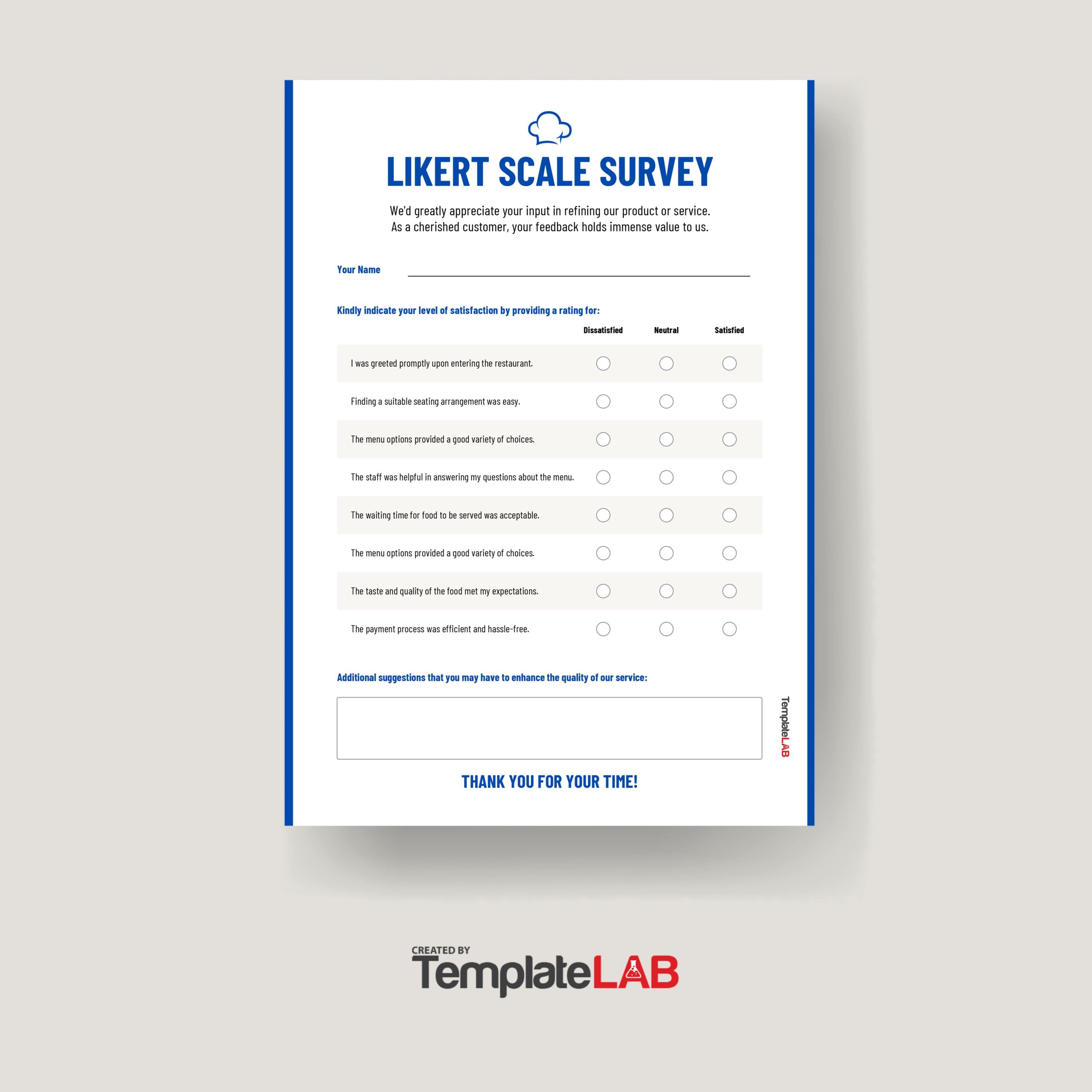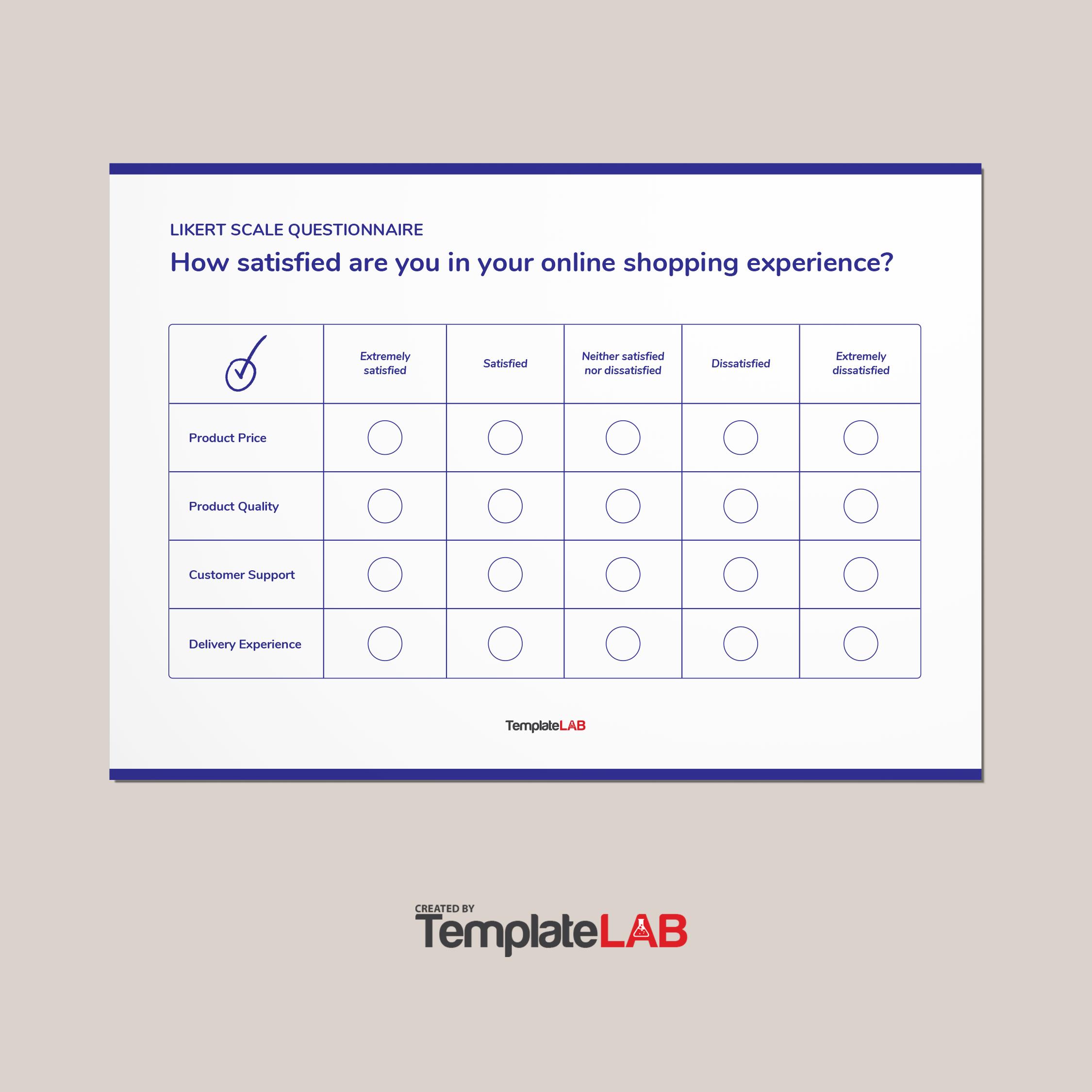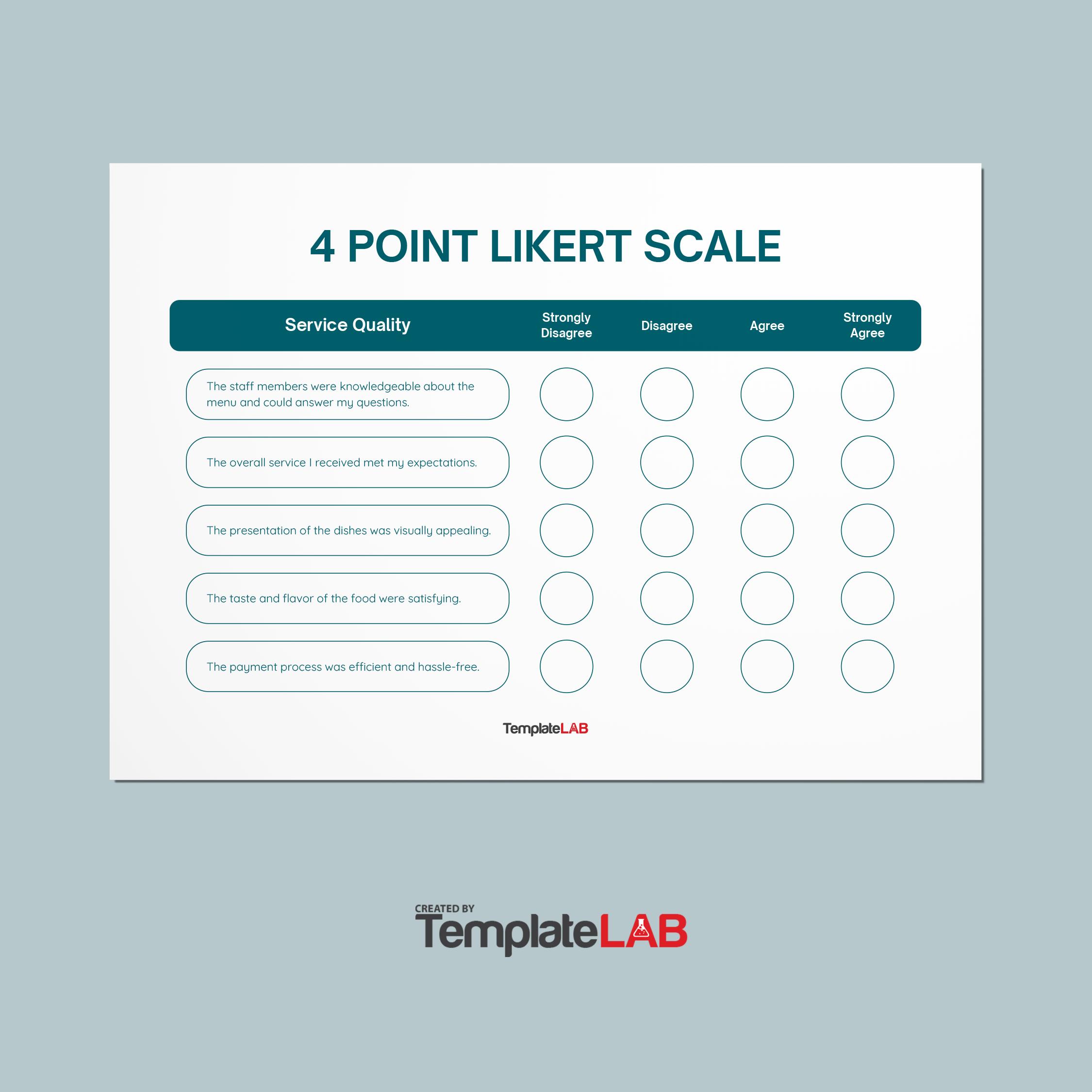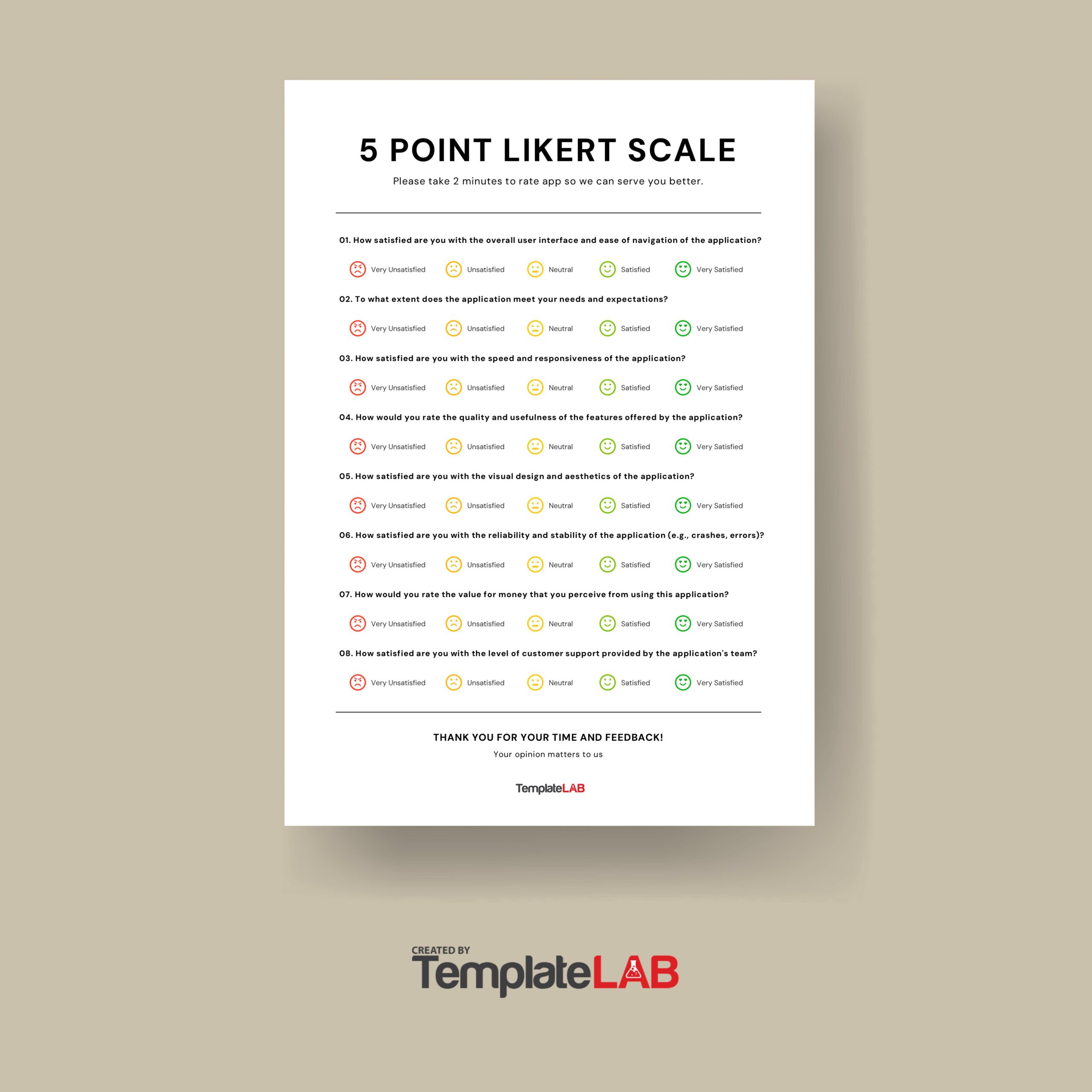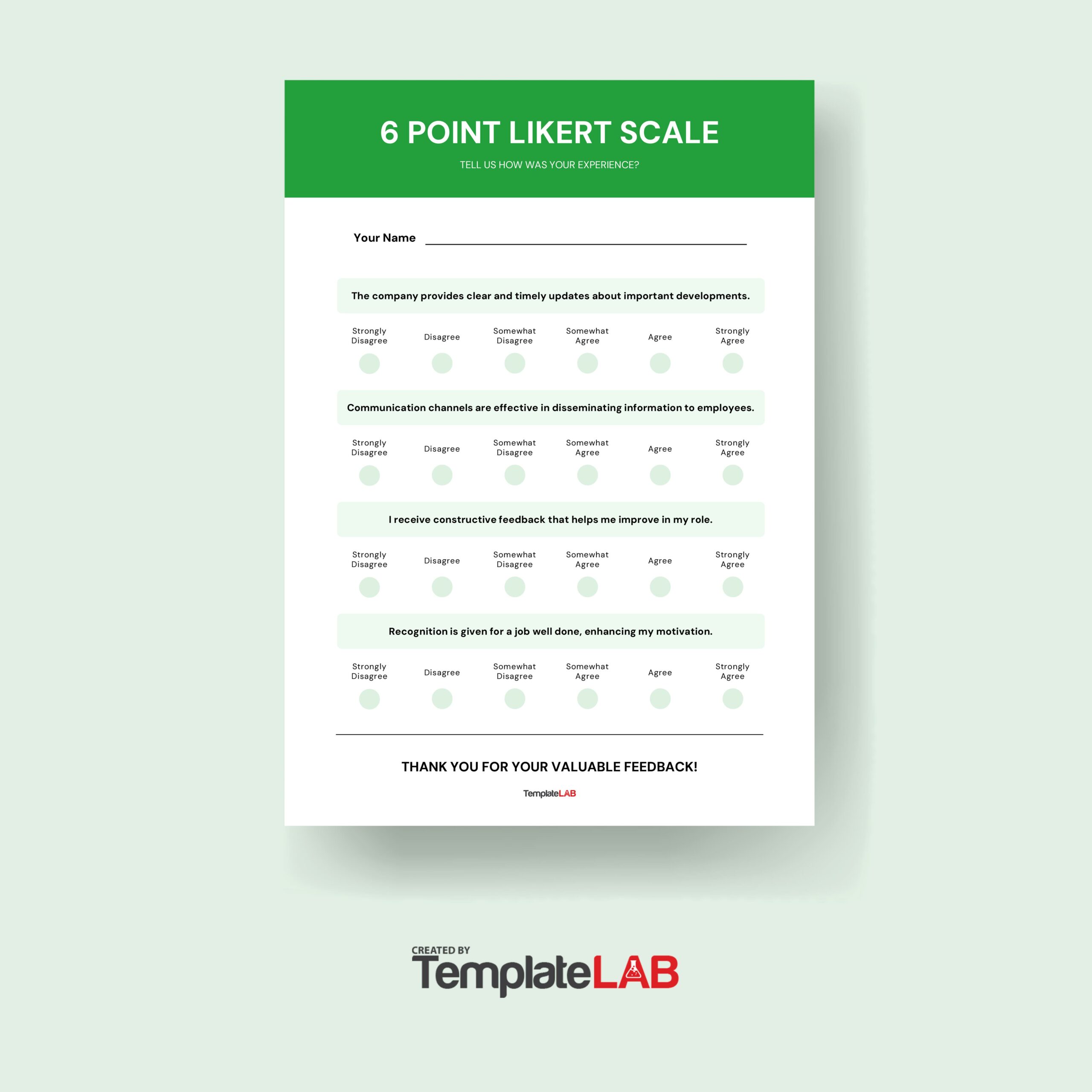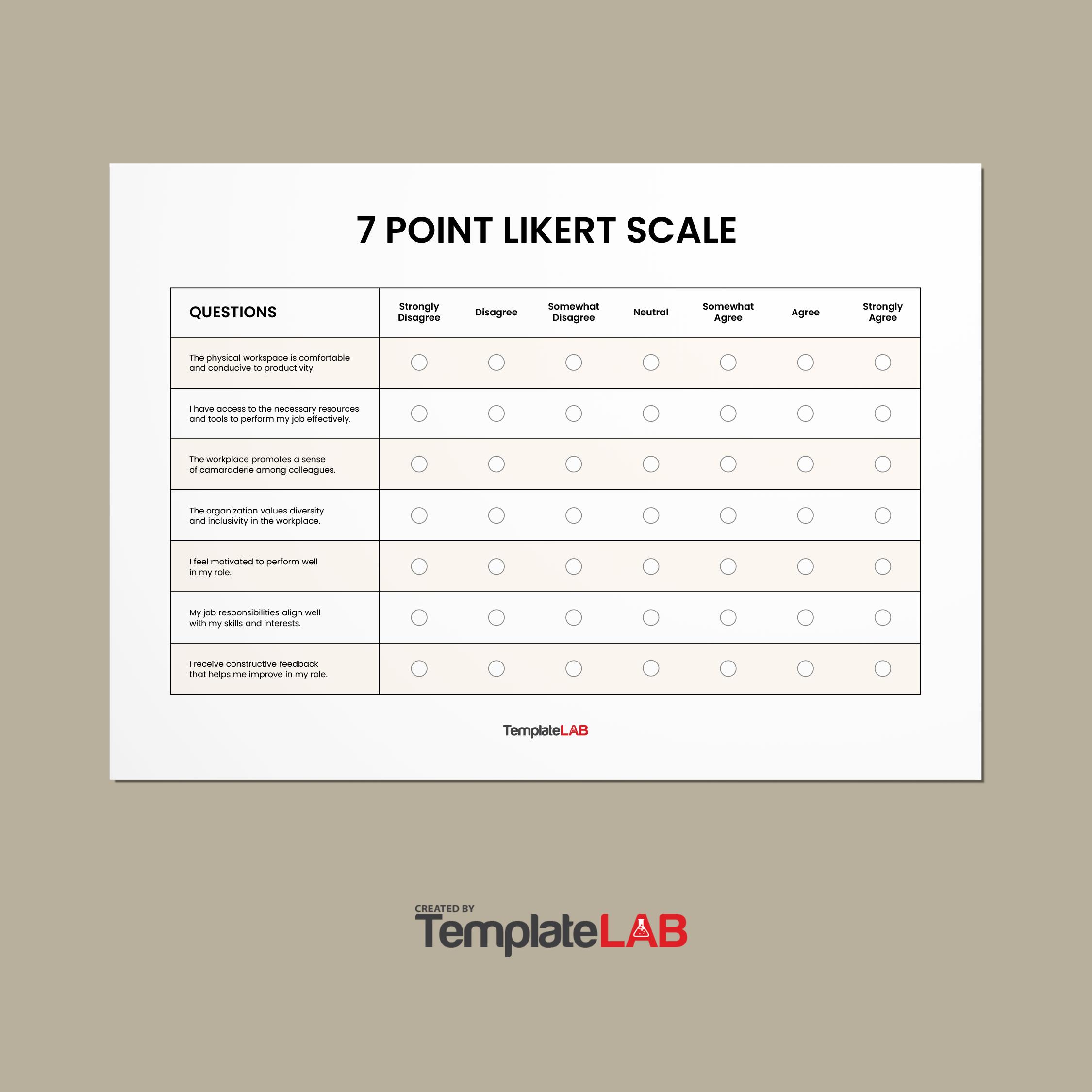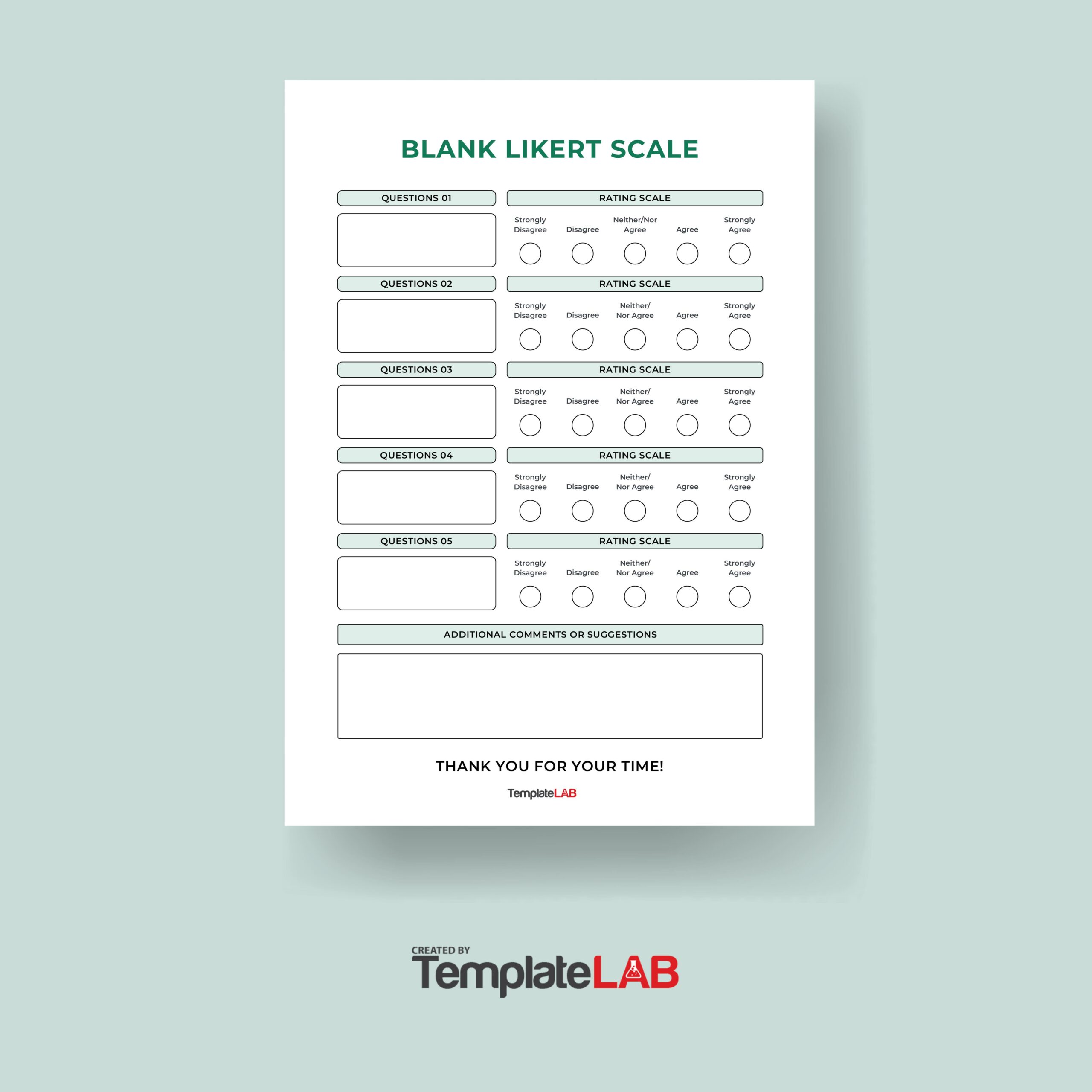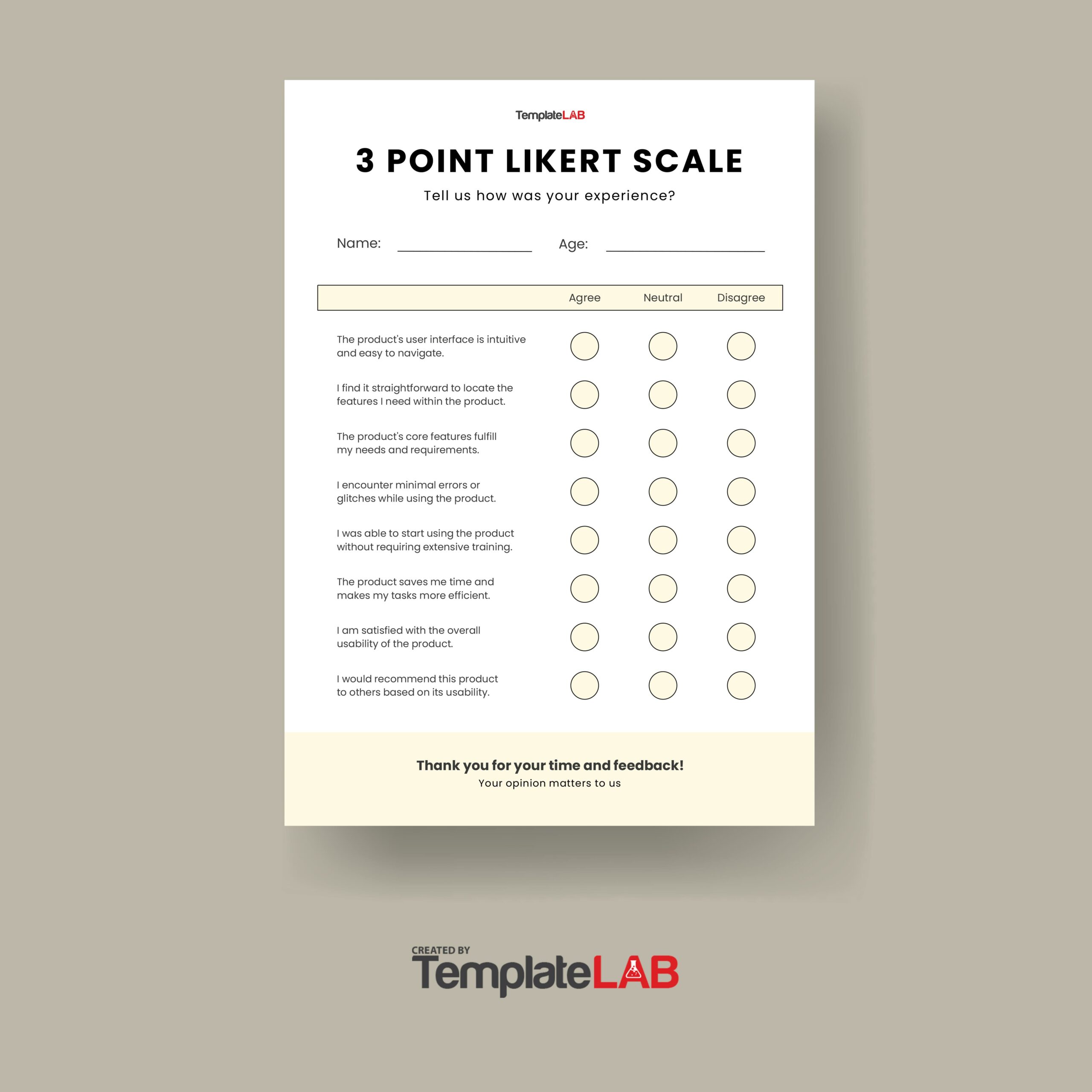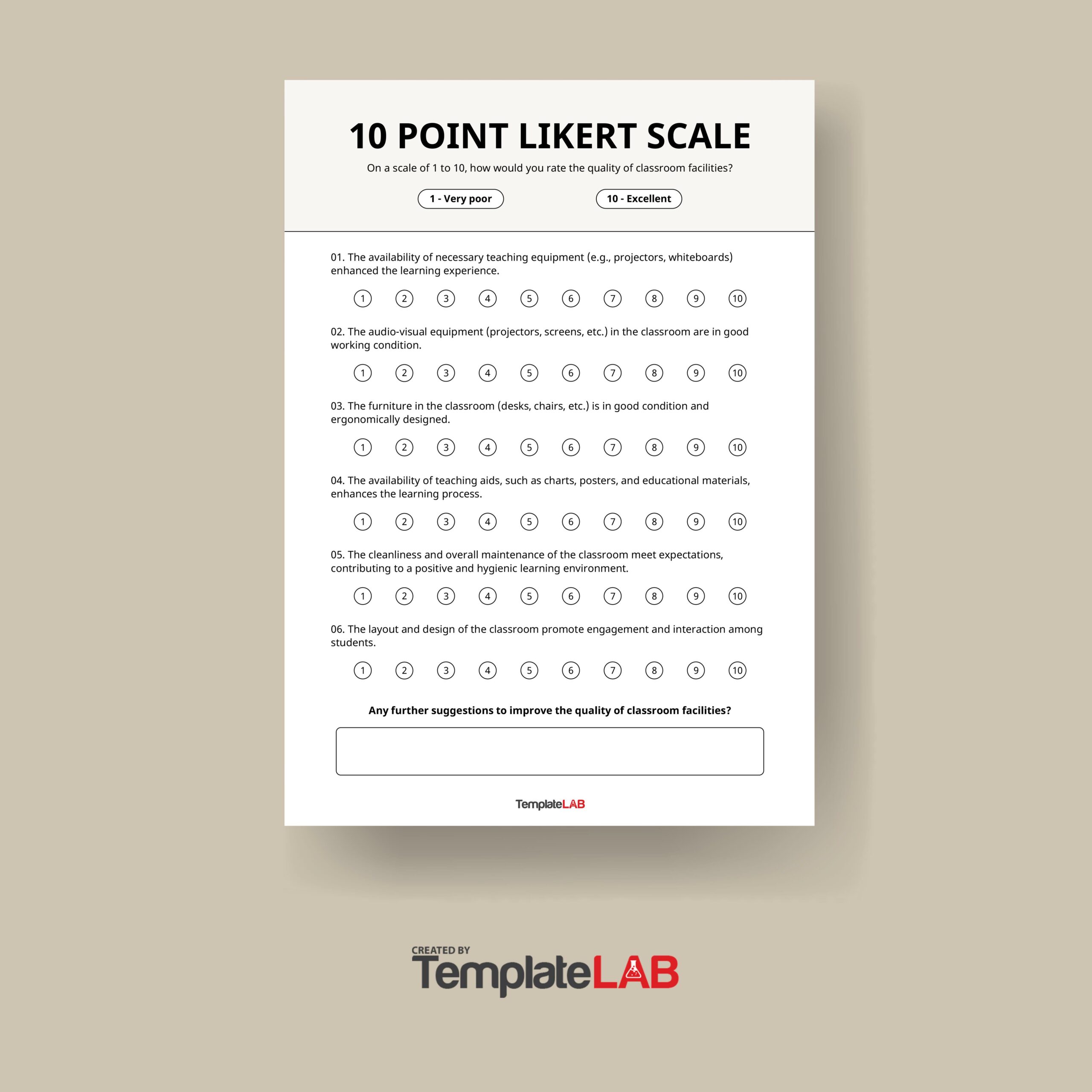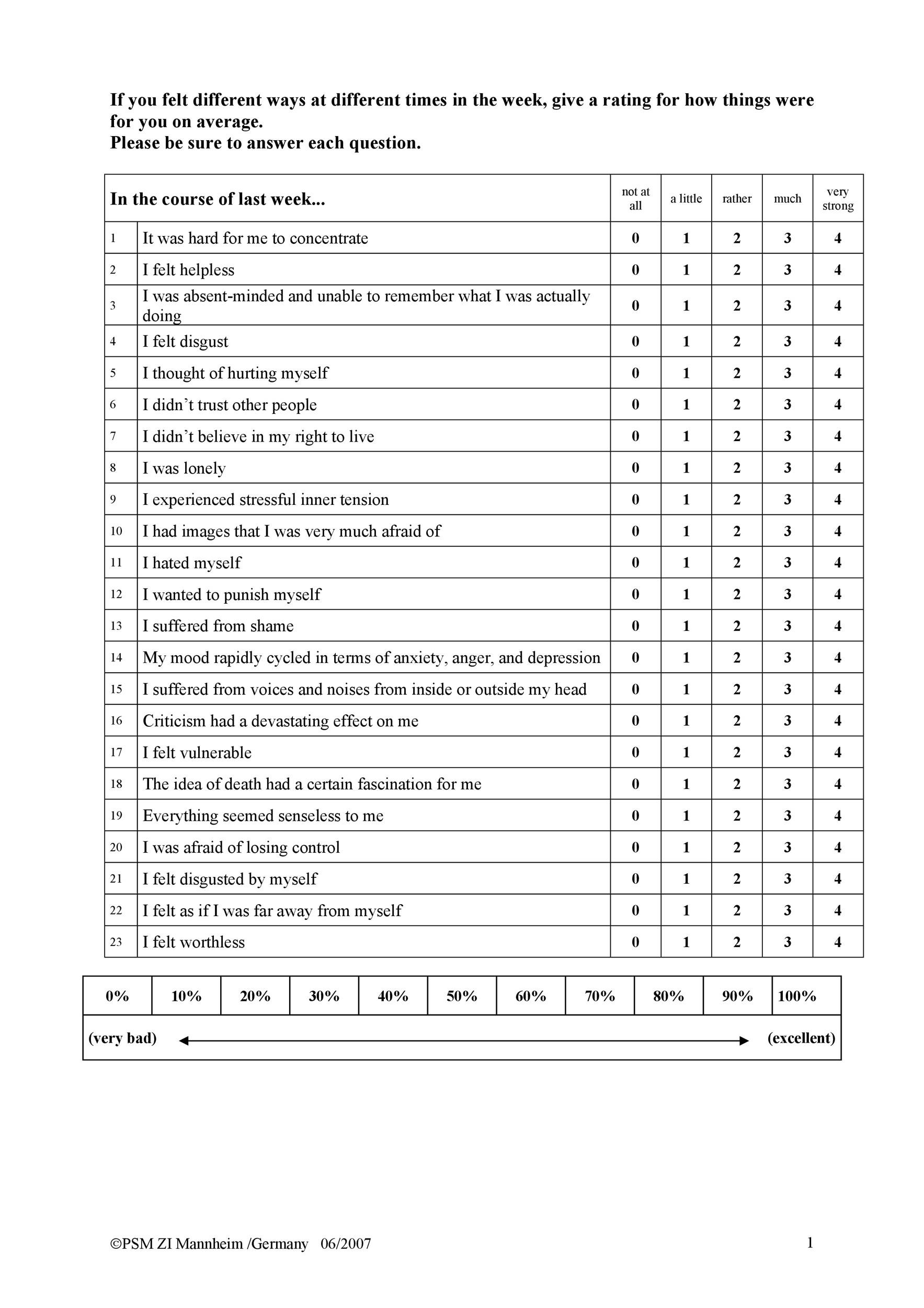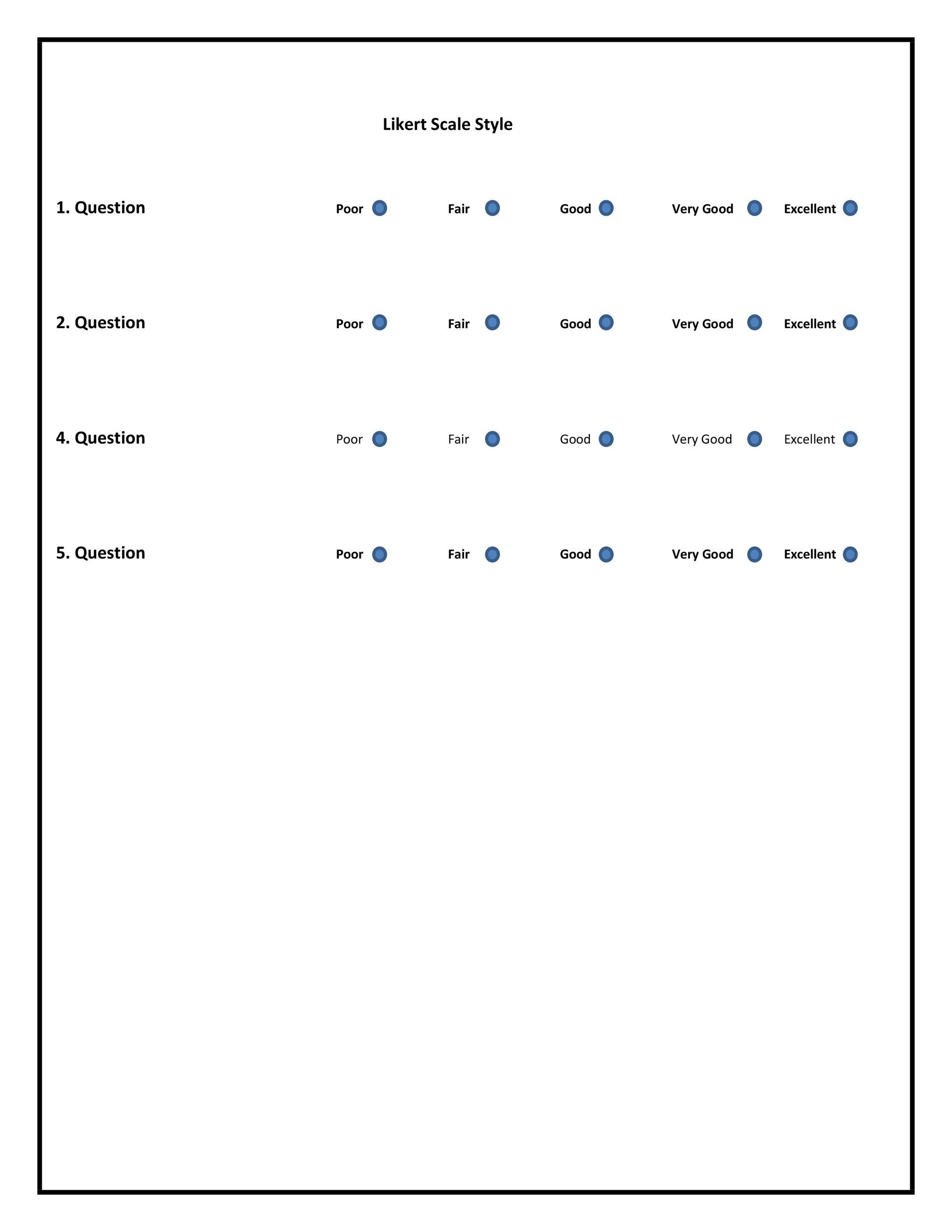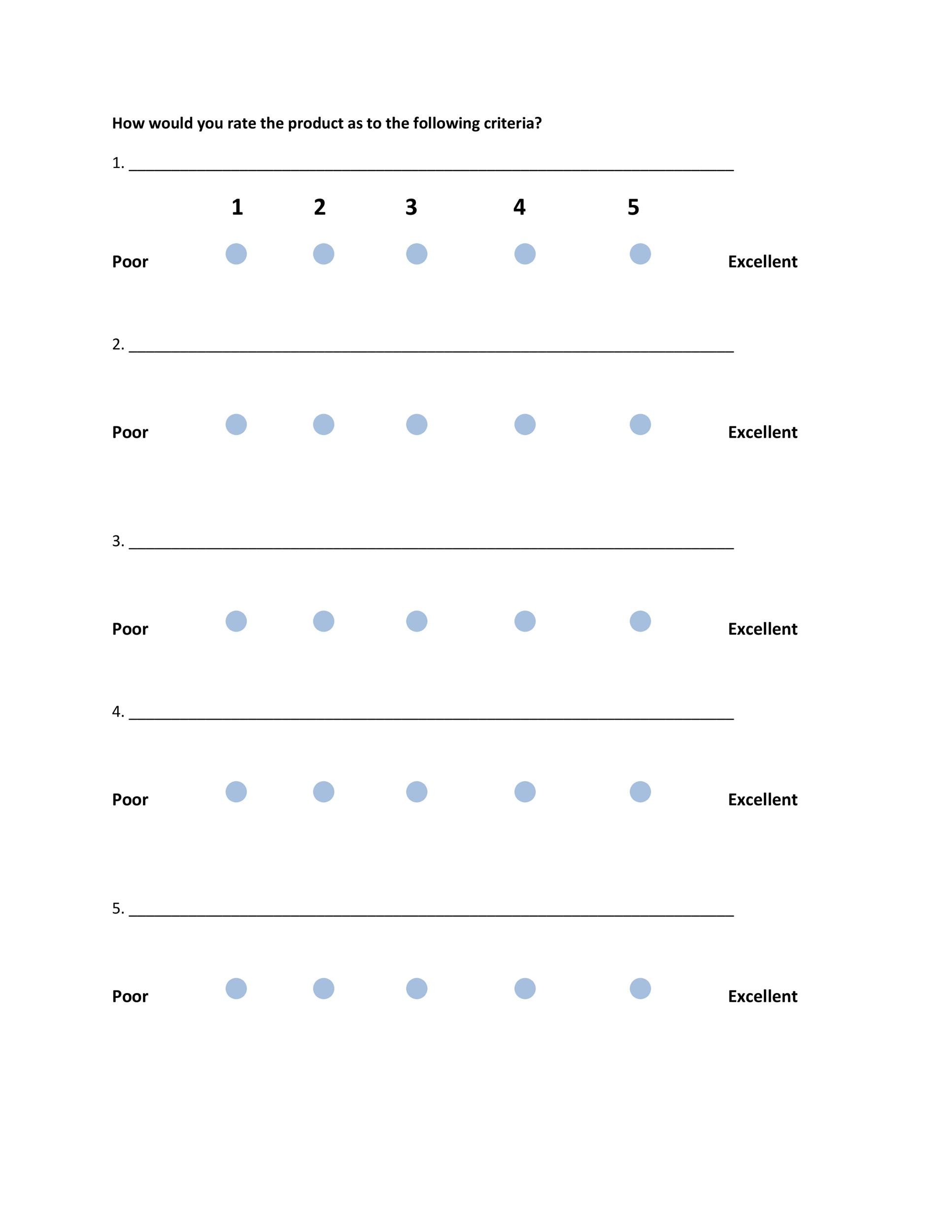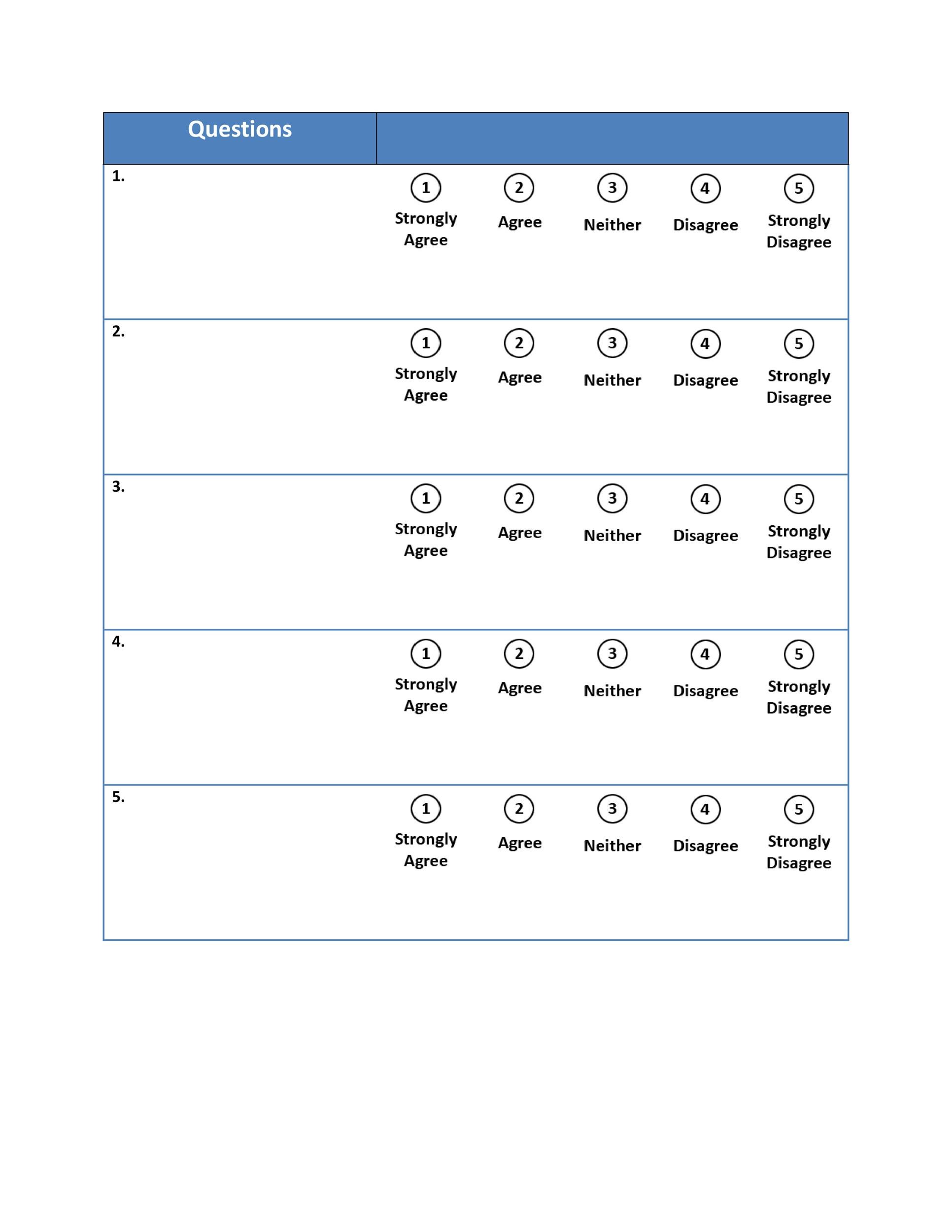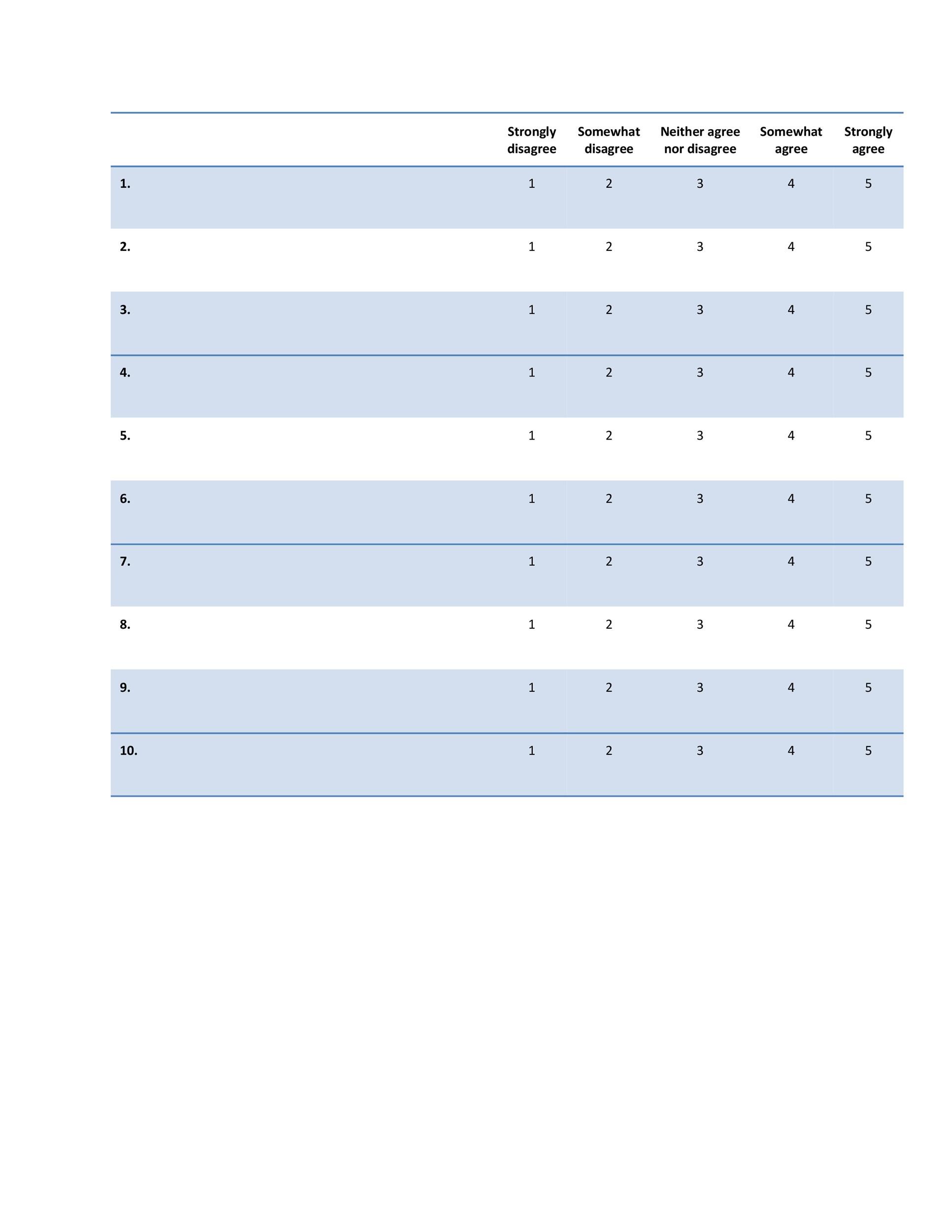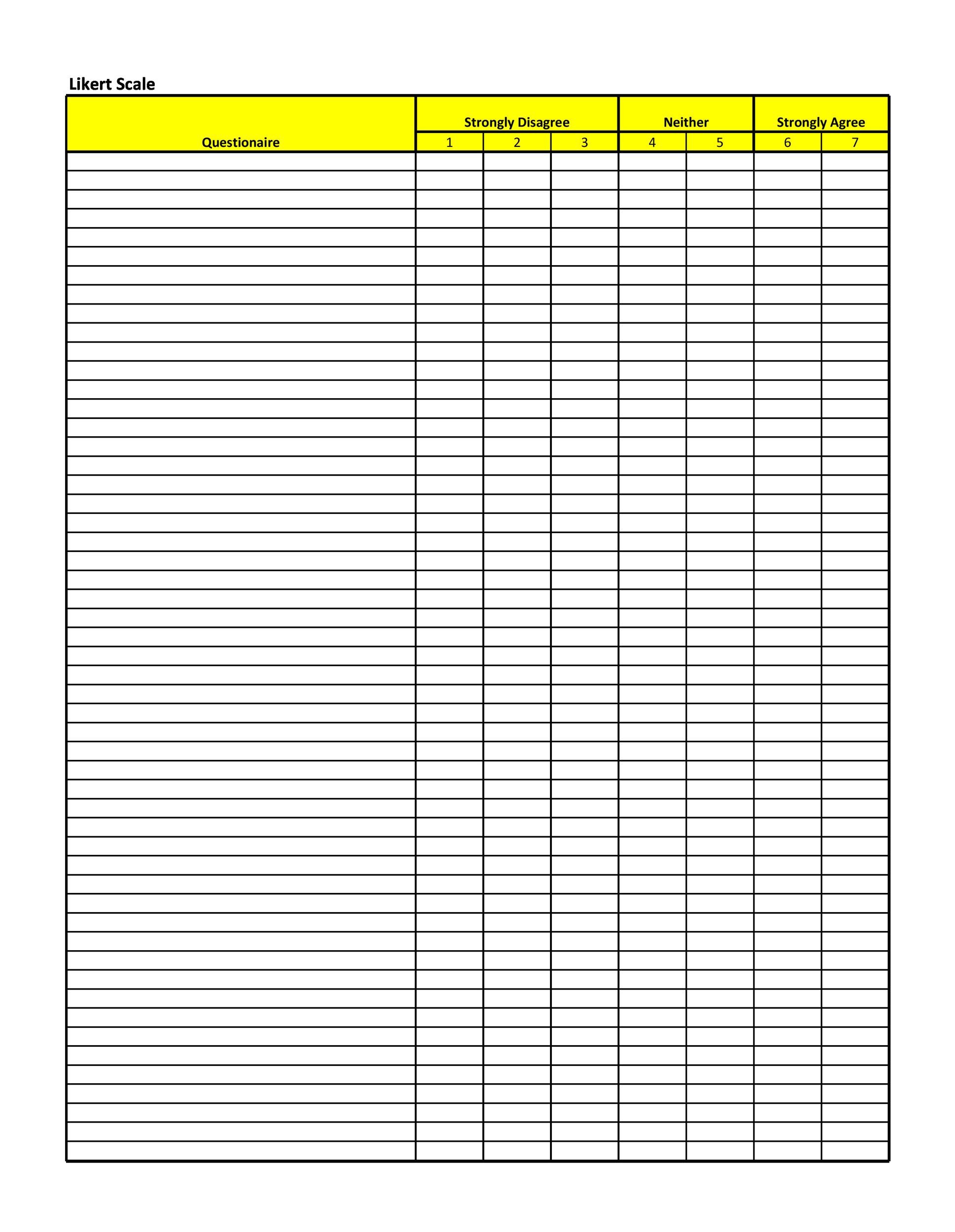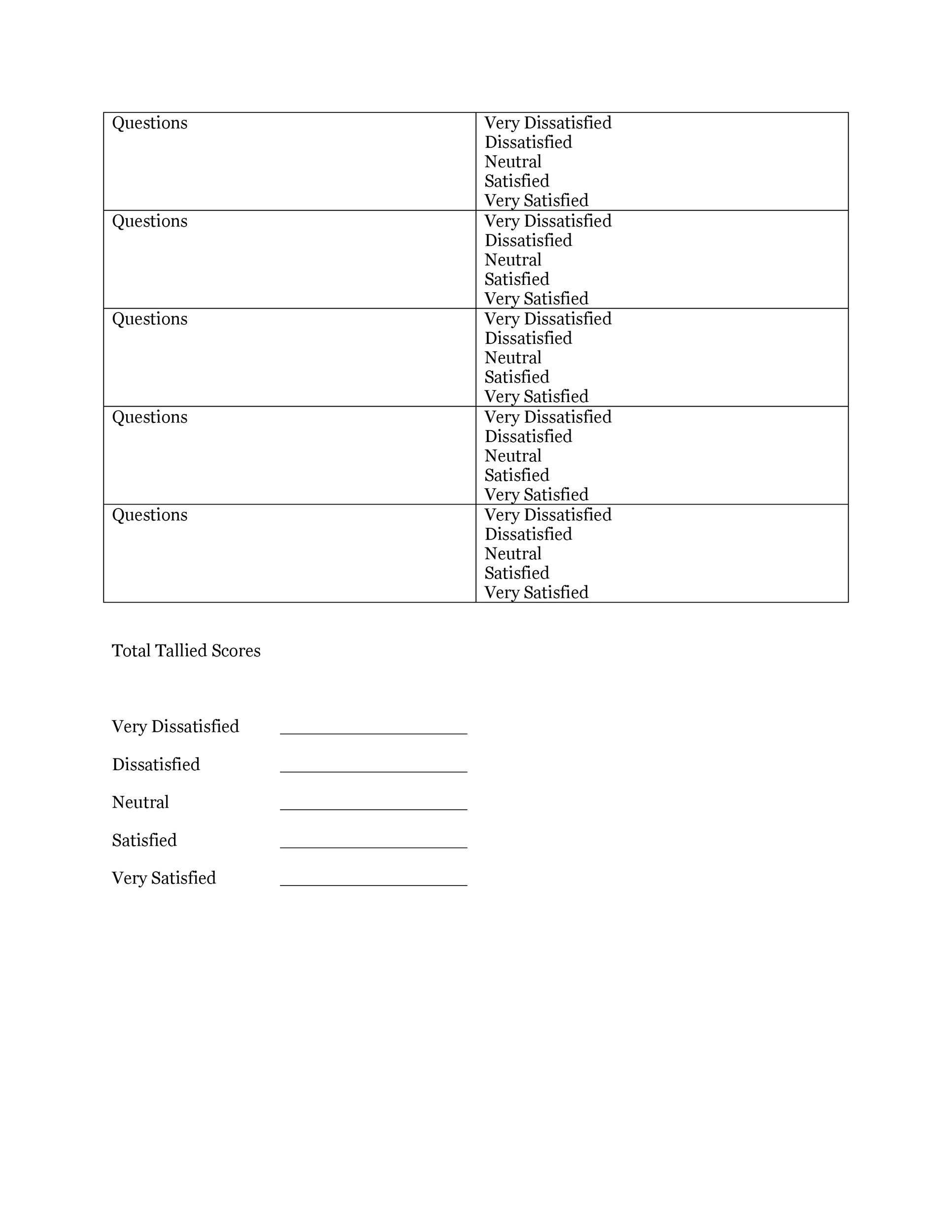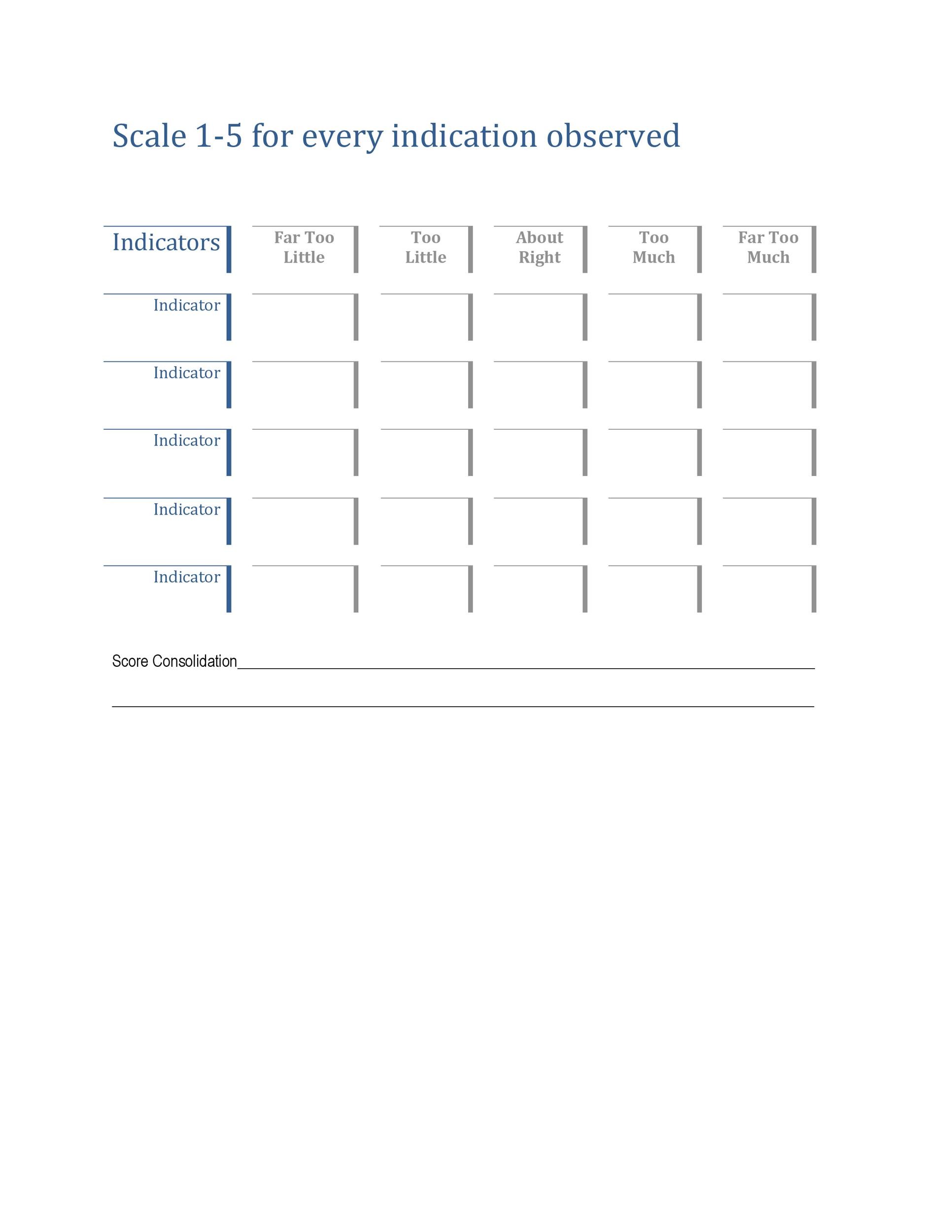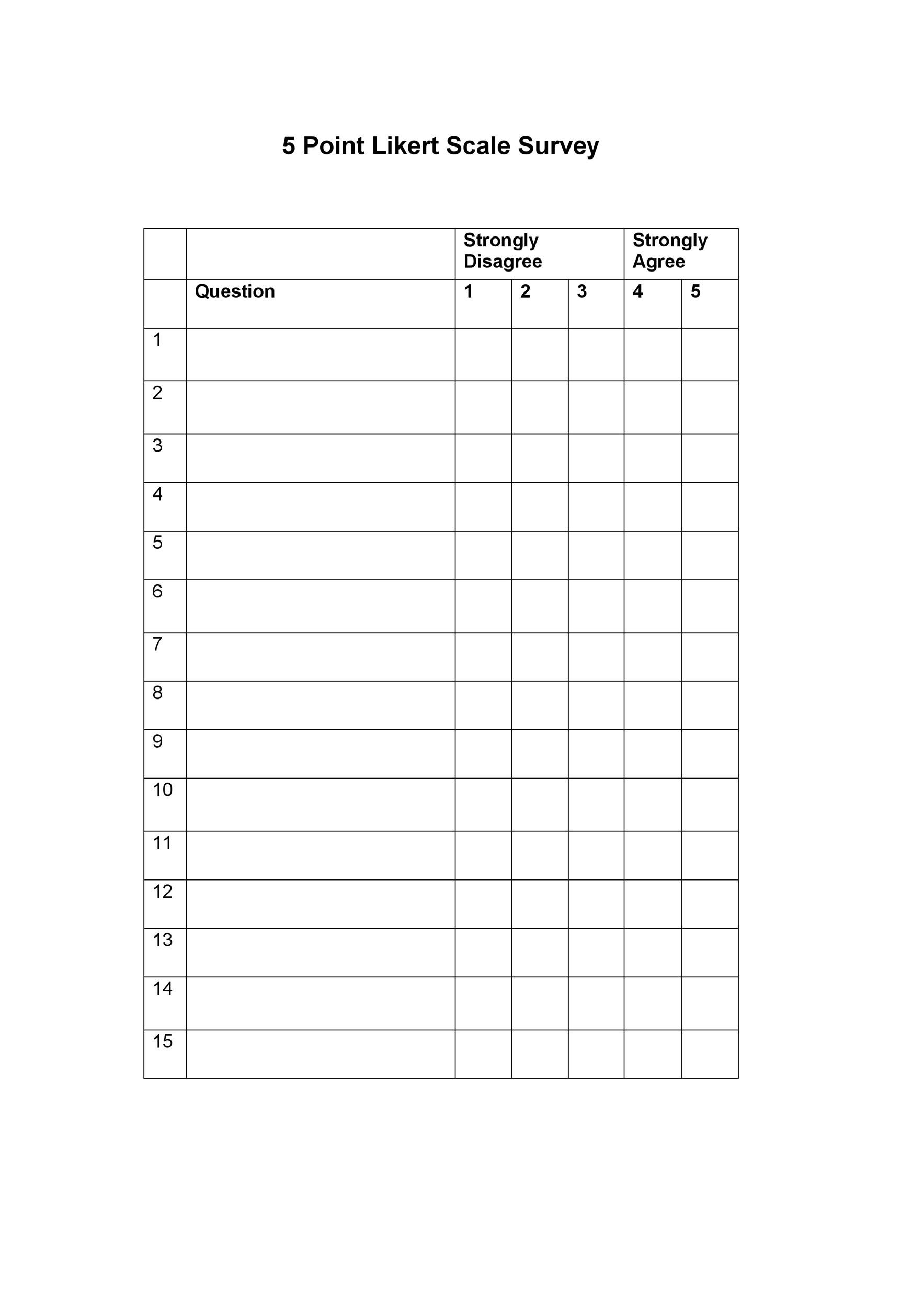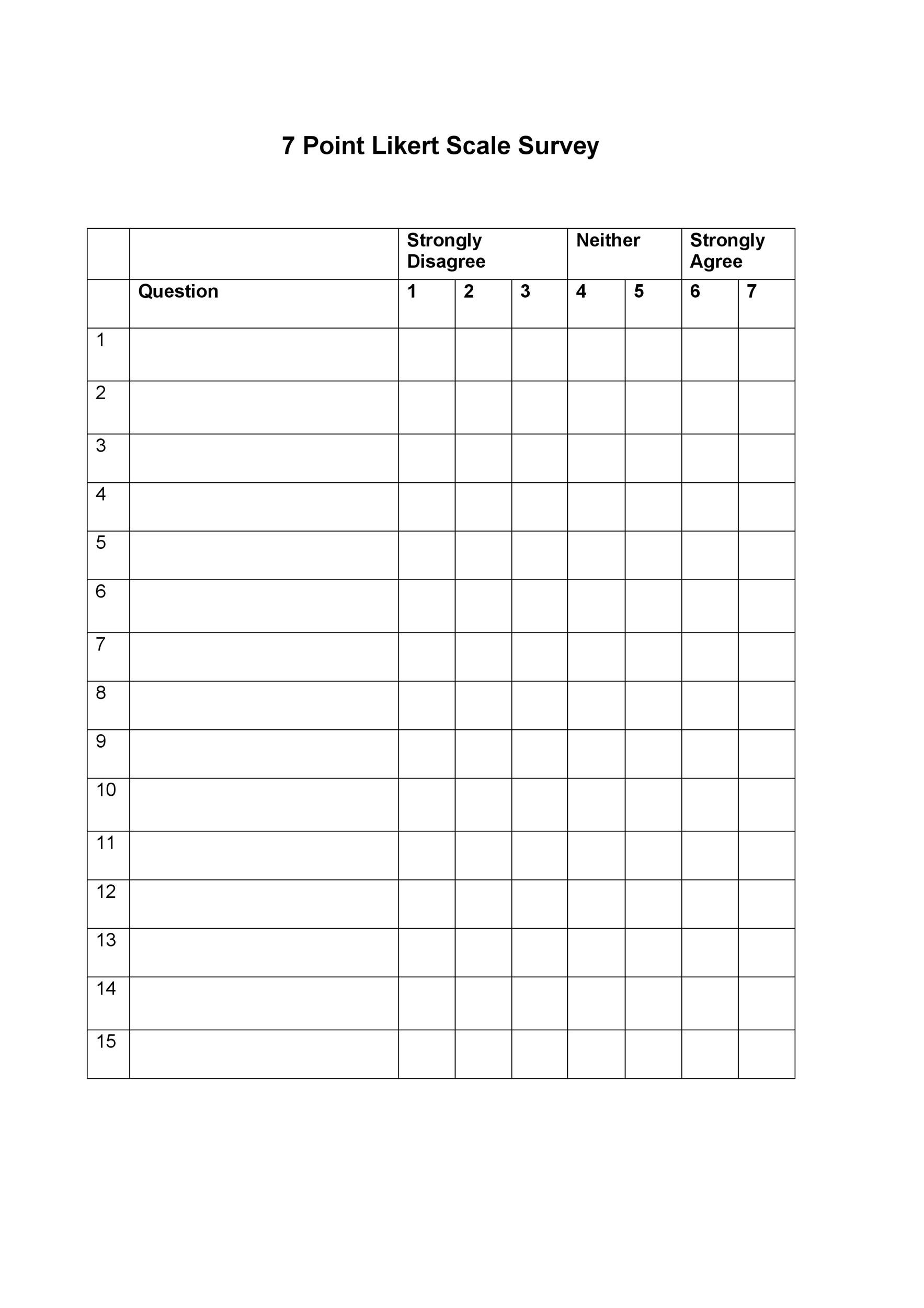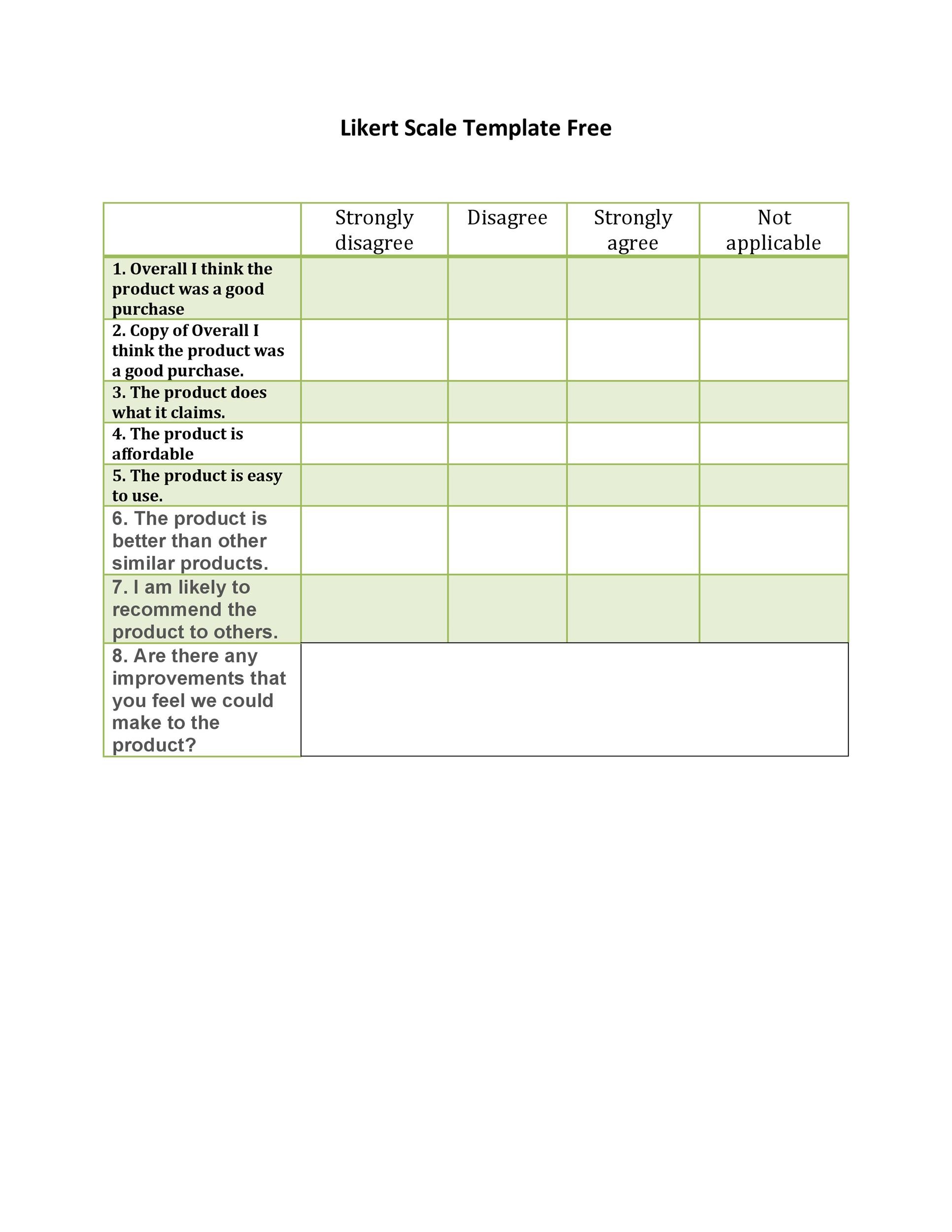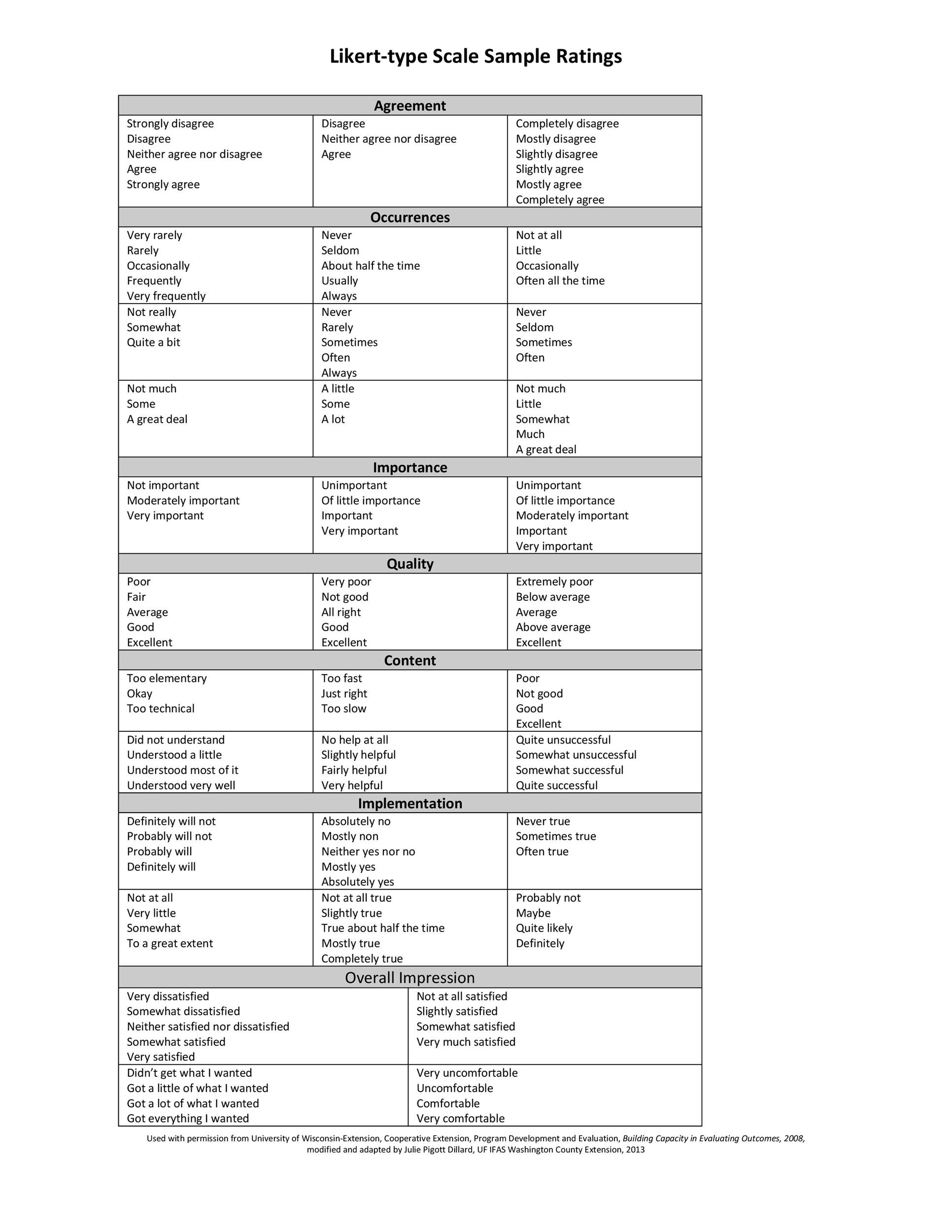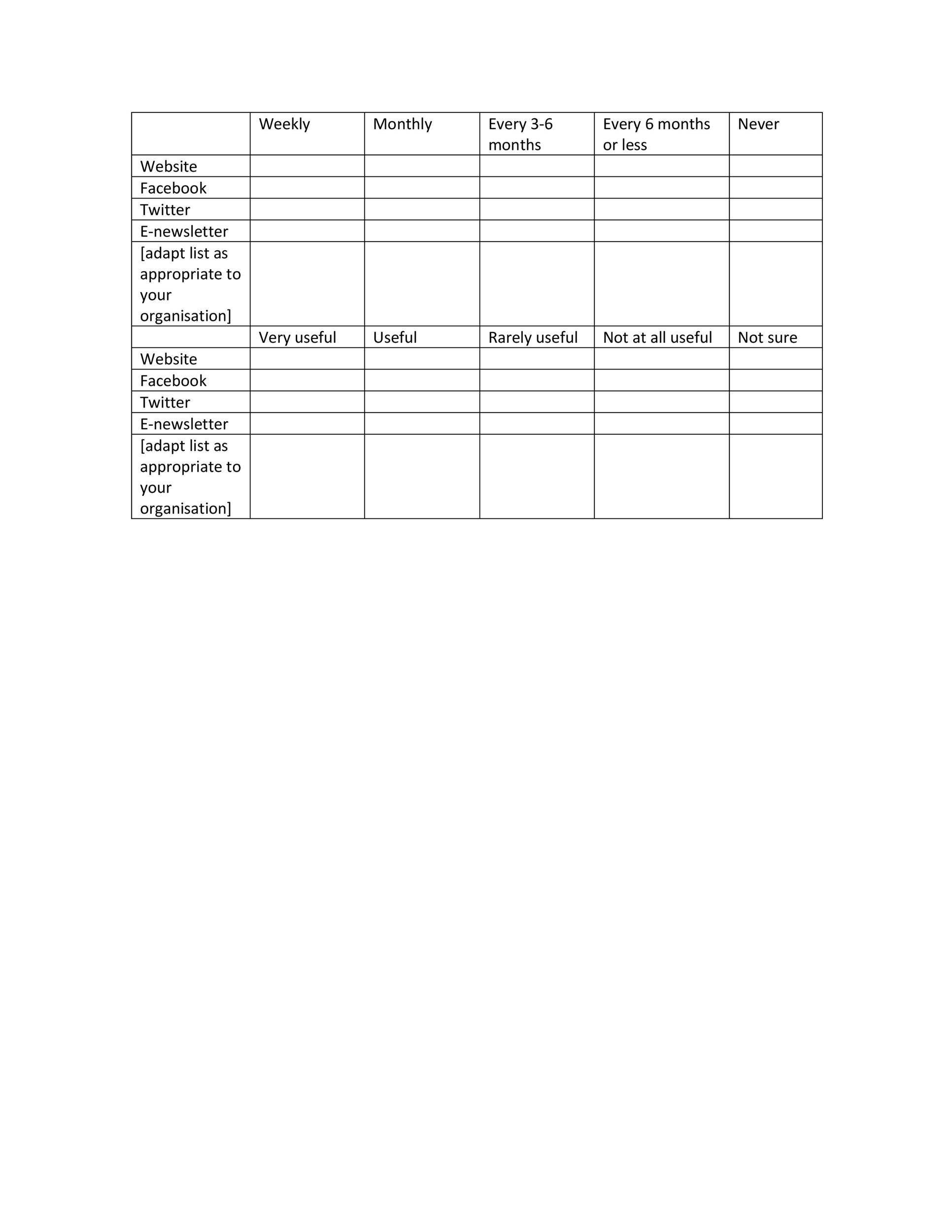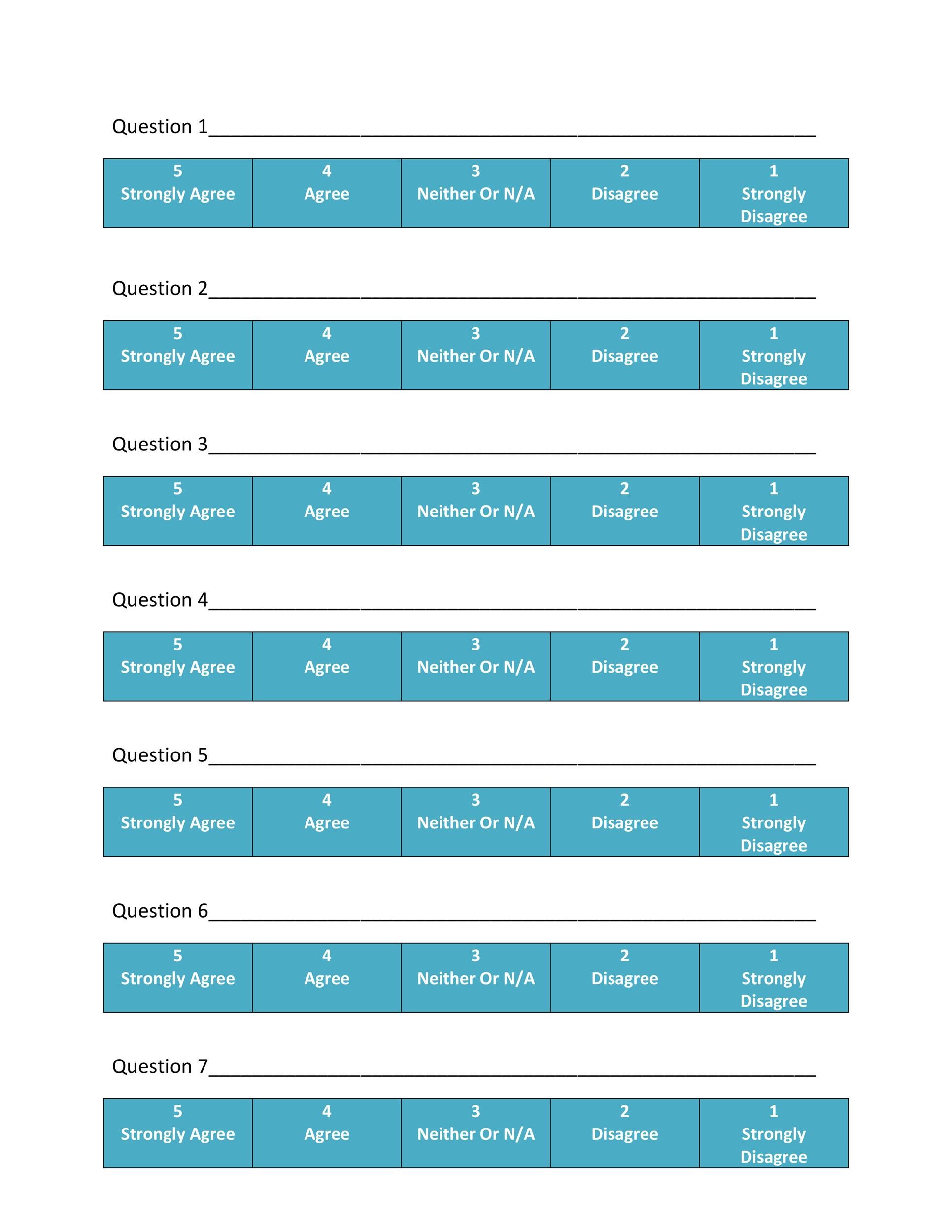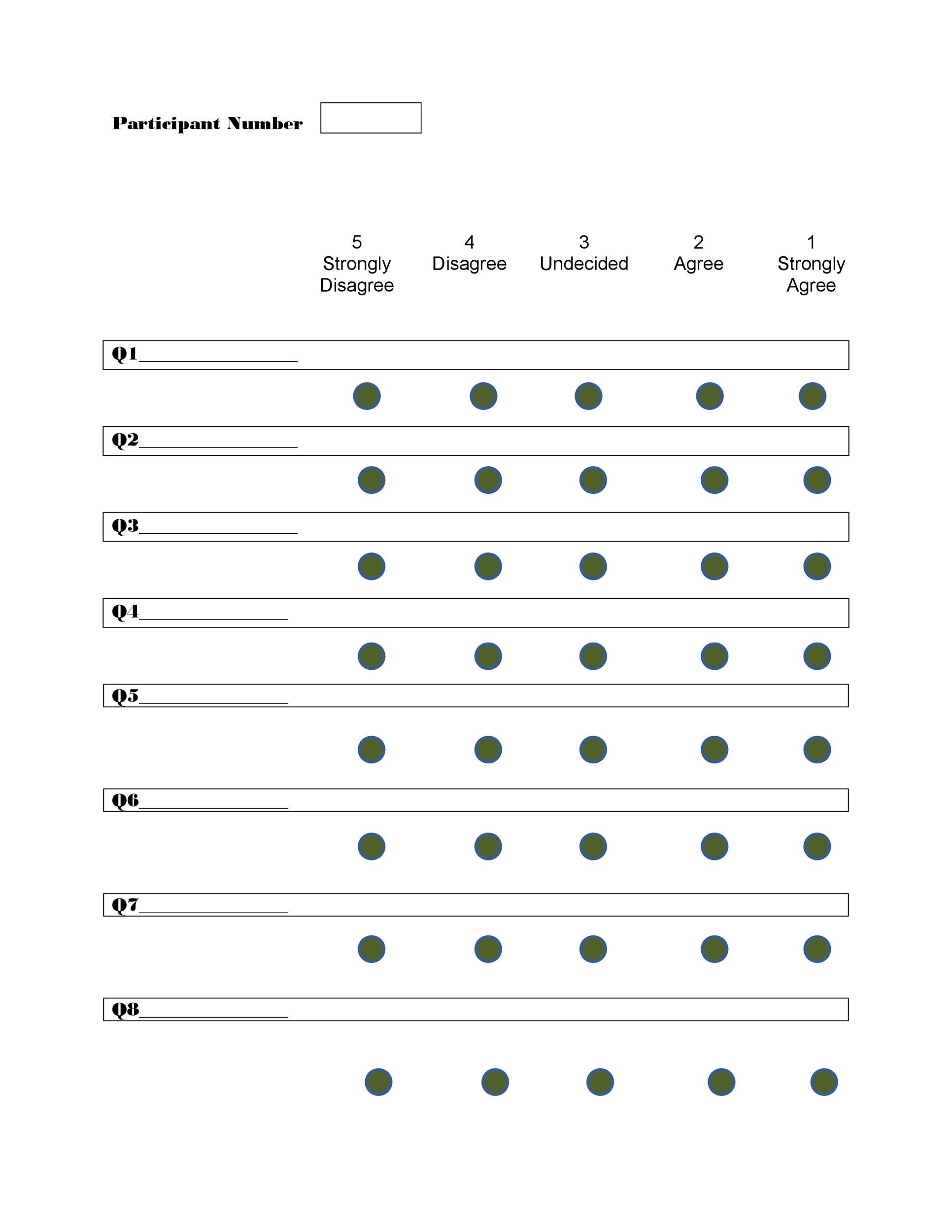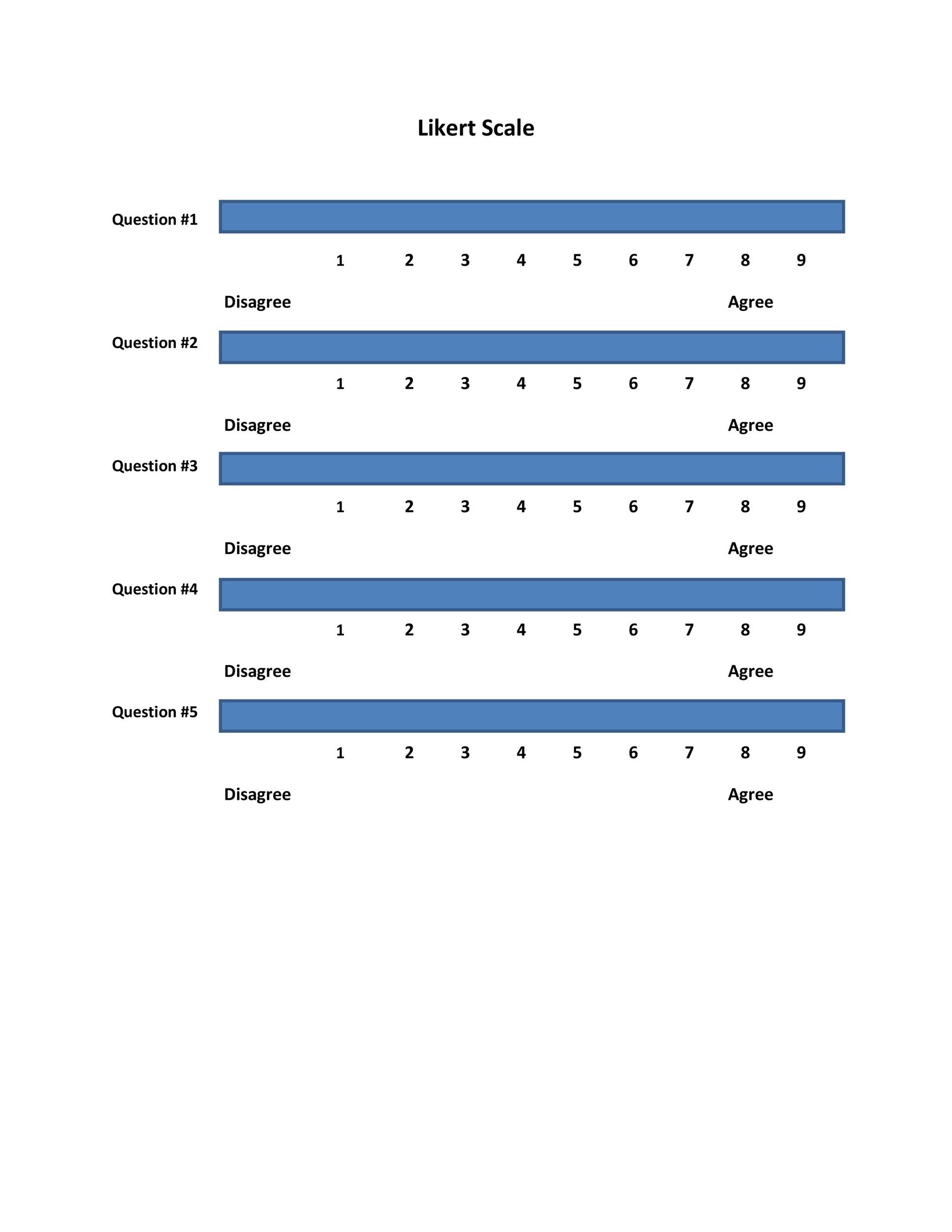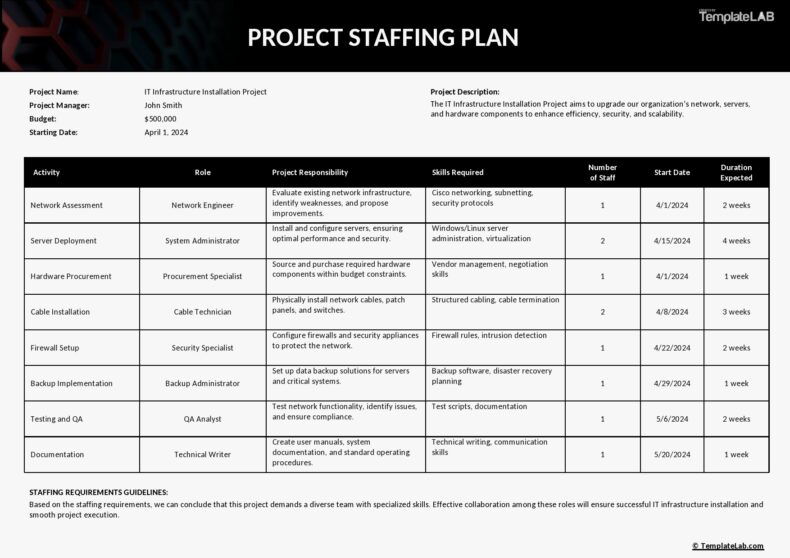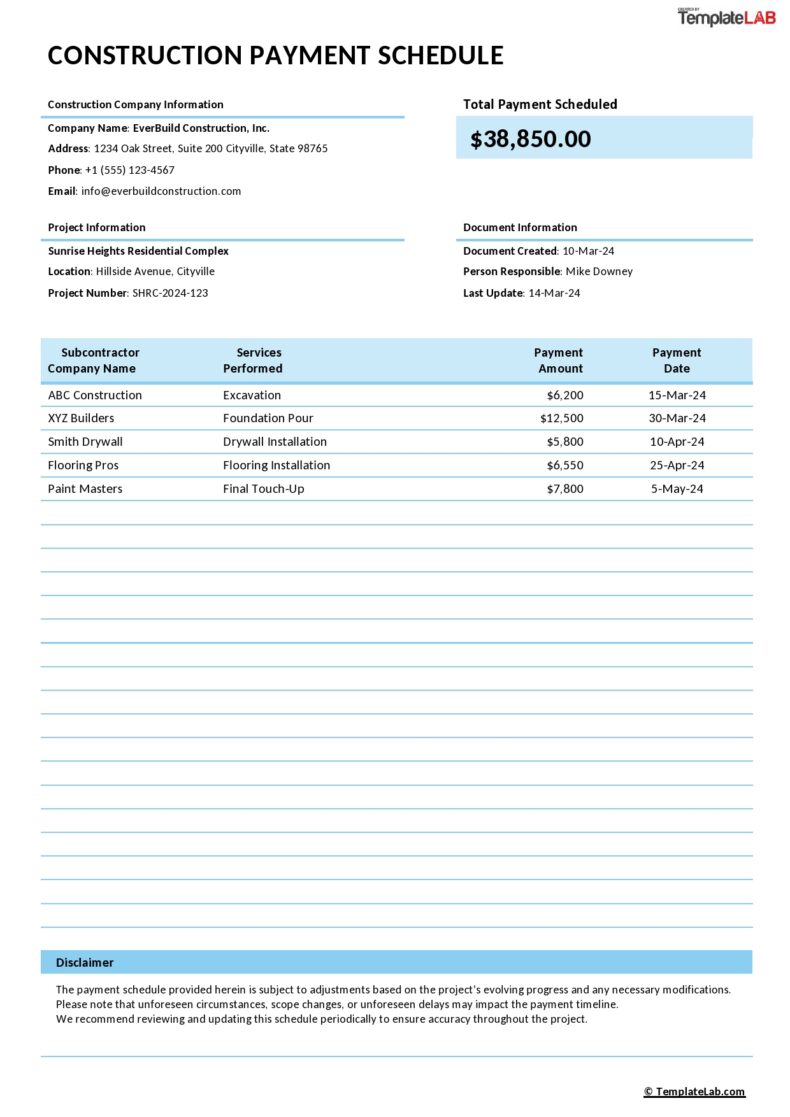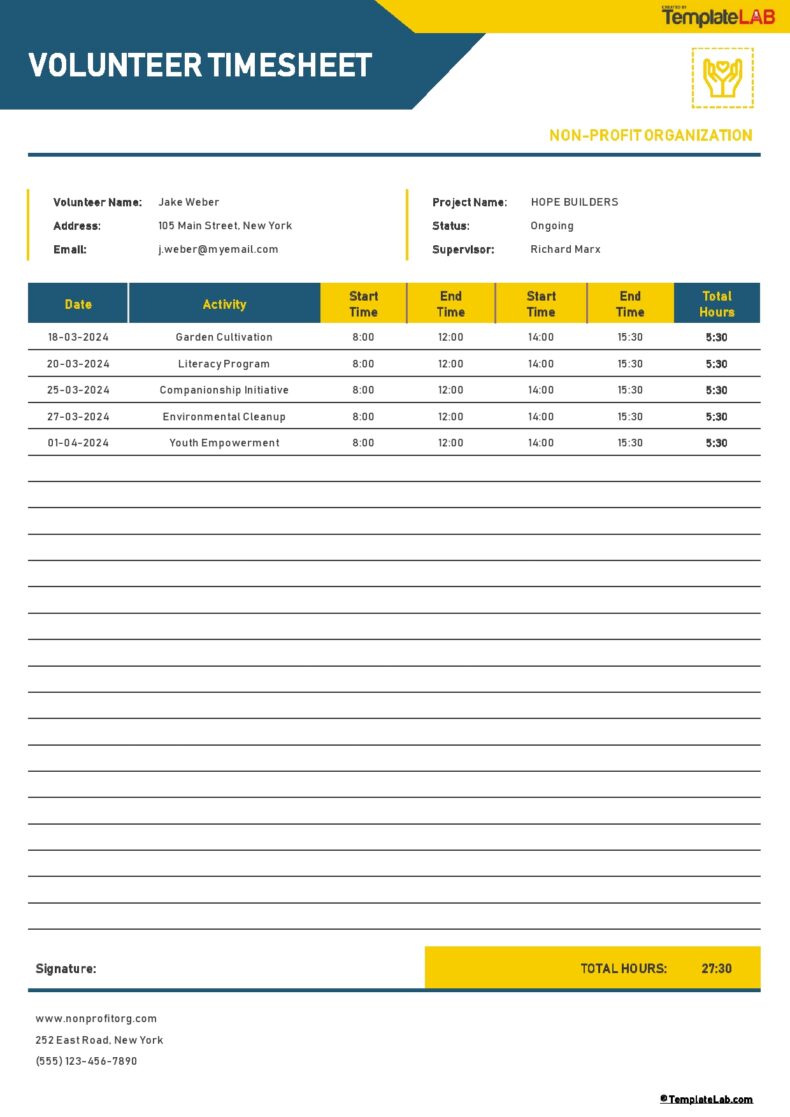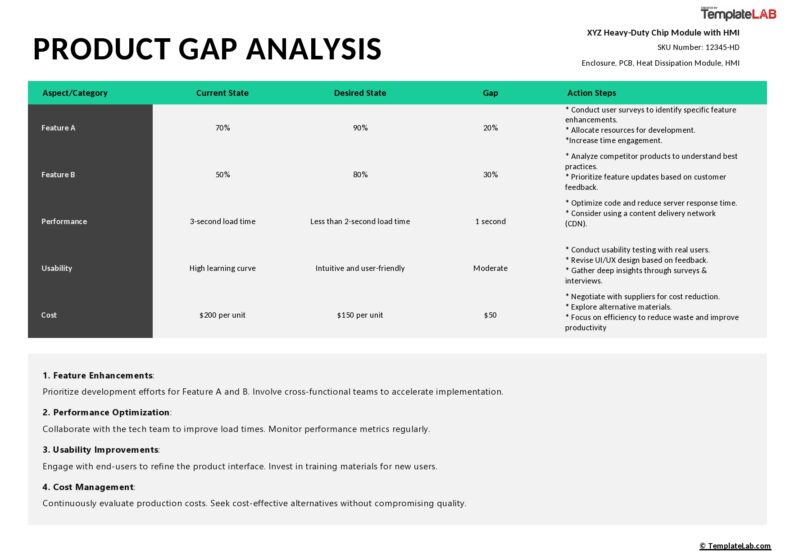When you want to assess the attitude of people more quantitatively, a Likert scale can be a very instrumental tool in your survey. Though many scales have been developed by psychologists to measure the attitude of people in a direct way, the likert scale is by far the best and most used scale. It was developed by Likert in 1932, and it was based on the principle of asking people to give their response by choosing among a series of statements concerning a given topic. They responded in terms of extent to which they agreed or disagreed and this enabled one to dig into the cognitive as well as the affective aspects of the respondent’s attitude.
Table of Contents
These Likert-type of scales were designed by selecting fixed-choice statements that would enable one to measure the opinion or attitude of various people. This scale is the best for measuring the level of agreement or disagreement to a given pertinent issue. This site appreciates this and this article is meant to explore the key things that you need to know about these likert scales. You can also check out the likert examples and the likert scale templates will be handy if you want to easily and more conveniently generate these scales.
Likert Scale Templates & Examples
The likert scales are a very specific type of survey questions and they represent the sum total of responses to the various likert items. These items are normally displayed by use of a visual aid that represent a simple scale. It is good to appreciate the difference between a likert scale and a likert item. A likert item refers to a specific statement that a respondent is asked to evaluate in a given survey and on the other hand a likert scale refers to the table as a whole. In good likert scales the likert items will balance on both sides of a neutral option and this helps to eliminate bias while compiling the responses from the target group of a given survey. The labels of the actual scale as well as the numeric scales may vary.
The likert scale is made in a way that assumes that the intensity or strength of experience is linear in nature this being a continuum, from an option for strongly agreed to a strongly disagree option. This likert scale thus assumes that attitudes can be measured. The scale is mostly made of five responses on a linear scale or you might find some with seven options and rarely some even up to nine options. The neutral option could either be the option of agreeing or disagreeing. Finally this scale ends up with options that can enable an individual grade how much they agree or disagree with a particular statement.
Reporting on a likert scale
Reporting on the likert scale can be done using the traditional way which involves adding the values of each selected options and then creating a score for each of the respondents. The score that results will then be used to represent a particular trait which represents satisfaction or dissatisfaction and these are mostly employed in psychological or sociological research studies.
This method of reporting can be instrumental in evaluating the respondent’s opinion of key purchasing, product or satisfaction features. In these scenarios the scores can be employed in creating charts for the distributions of the various opinions and this can influence further decision making for attainment of a positive response from the general populations after appropriate rectifications of issue/s of concern.
If you wish to undertake further analysis of the date you can cross tabulate the score mean with the contributing factors. In order for the obtained scores to have a meaning it would be better if they all had a close relationship to each other and to the topic being addressed.
For an ideal situation all questions in likert scale should be categorically similar in order for the summed score to be a reliable measurement of a given behavior or the psychological trait that is being assessed. In case you happen to have an item on the likert score that doesn’t fit in with the rest, the respondent’s score will thus be deemed as being somehow polluted and this might cause some trouble while you are trying to interpret the total score from the likert scale.
How can one analyze data from a likert scale
You can summarize a likert scale using the median response or the mode of the responses. The mean is not normally used. Use of the mode of the responses will be the most suitable option that will enable one to easily interpret data from a likert scale.
Since the data is not continuous the data can be displayed to show the distribution of the various observations on a bar chart, you can’t use a histogram due to the nature of the data being presented.
Critical evaluation of the Likert scale
The good thing about likert scales is that they do not expect one to only give a response out of two choices that is a simple yes or no instead one is offered an opportunity to choose among an increasing or decreasing degree of options. At times one can choose the options of not having any opinion at all. This enables one to obtain quantitative data and thus these data can be analyzed in an easier way.
Although this seems like the best scale to use to measure people’s attitude its validity can be questioned as some of responses can be compromised by social desirability. This might have the effect of making some of the respondents to lie in order for them to present themselves on a positive light.
You can deal with this issue of social desirability by offering anonymity to the individuals who receive self-administered questionnaires as this has been shown to reduce the social pressure. This may help to eliminate bias and thus result to more credible responses from the target group. Studies have shown that the level of social desirability is high in cases where people are asked to include their names, addresses as well as the telephone numbers on the questionnaires that have been issued to them. It will be prudent to eliminate this where possible.
When should one use a likert scale?
The likert scale can be a source of very useful questions that can be used to measure the overall feel of people concerning a given topic, opinion or experience and it can as well as be used to collect specific data on factors that could be contributory to the expression of a given sentiment.
It will be inappropriate and inaccurate to use some form of questions for some items in the likert scale that are not related and in the case where the options are not presented in the appropriate form that is a scale.
Just as is the case for other scaling systems it is not advisable for one to mix scales within a particular survey. You need to settle on a specific scale and use it throughout the whole survey. This will enable you to effectively deal with the possibility of confusion while analyzing the findings and hence reduce survey fatigue. By ensuring that you have adhered to this you will also benefit by having data that can enable you to make comparisons between the different sets of data.
In case you have decided to make a multiple choice questionnaire for your students, employees, colleagues or even your family using a likert scale will be the most appropriate way of getting information from these groups of people since it’s the simplest and most convenient option at your disposal. In case you have chosen to use the likert scale in your survey don’t hesitate to make use of this site as the likert templates that are readily available will simply your work and make the whole process an easy and convenient one. You can use these templates to come up with appropriate questionnaires that will help you gather data that can be quantitatively analyzed.
You can also make use of the sample likert scale examples and alter them to suit your specific needs or get a grasp on how they should be designed. It is good to note that you can use a combination of a likert scale together with a decision tree template or phone tree template to enable you to gather and interpret all the collected data using Excel or Word document. You can also create your own likert scale by using a rating scale question and you can proceed to give weight to each answer option, this is meant to aid you in calculating a rating average as you analyze the results.
Our likert scale templates will enable you to easily and accurately design questionnaires that will be specific to your subject and those that are likert scale compatible. You can check out the specific format that ought to be followed when formulating questions that can be analyzed or interpreted using the likert scale. Our likert scale template are print-friendly and you can make use of them to create questions that will ask users for an agreement or disagreement based on the given topic. You also need to remember to come up with a well-balanced scale of answer choices on either side of the neutral choice. This will enable you to leave a wide and varied nature of responses from your target group.

